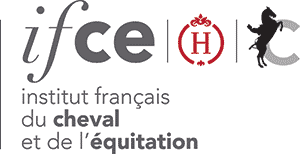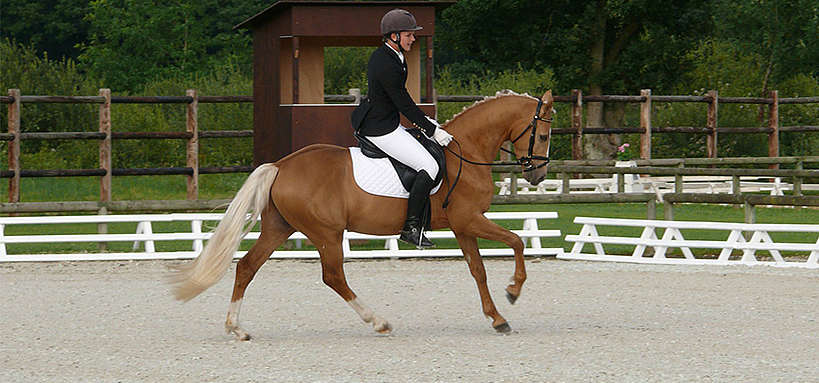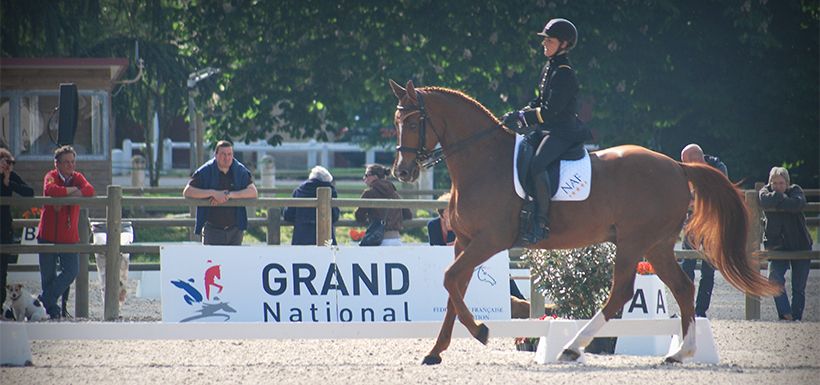

Pony indices : Show-jumping, Eventing, and Dressage
Pony indices are calculated in a similar fashion in each of the Olympic disciplines. This fact sheet will help you to understand performance indices for competition ponies, in Show-jumping, Eventing, and Dressage.


- The purpose of indexation for ponies
- Classes taken into account
- Criteria for measuring performance
- Where to find one’s pony’s index ?
- Questions - answers
The purpose of indexation for ponies
Pony performance indices are published every year for a pony taking part in competitions, and are called :
- IPO for Show-jumping
- IPD for dressage
- IPC for Eventing
Classes taken into account
For a given year N, a performance index is calculated on the basis of the results in competitions from the first weekend in October of year N-1, through to the last weeknd in September of year N.
| Yeay N-1 | Year N | |||||||||||
| S | O | N | D | J | F | M | A | M | J | J | A | S |
| - | Pony classes | |||||||||||
| - | - | - | - | "Classic" circuit pony classes (SHF) | ||||||||
| - | Amateur and pro « Horse classes » , and SHF (Young horse and pony classes) | |||||||||||
The performances included in the indexation calculation are the following :
- All pony classes (SIF), E classes included (since 2013 for Show-jumping, and since 2014 for Eventing and Dressage )
- Amateur and pro classes ((ffe compet, « horse competitions »)
- SHF classes (« Classic and free » circuit young horse or young pony classes)
Be careful, there are however some exceptions which are not taken into account for the indexation calculation :
- Hunter classes for Show-jumping
- Rankings in young pony championships, which combine a mark for conformation/ style, and the results of the class (already integrated into the calculation)
- Team competition results, where they are established from individual results
- Classes from the « club » circuit
Criteria for measuring performance
Since 2013 in Show-jumping, and 2014 for Eventing and Dressage, as for horses, two criteria are used as a basis for the calculation of indices :
- The first criteria : « ranking » compares to the other ponies in the class, based on the rankings of the starters in their other classes ». This criteria highlights the pony’s placement rate, and promotes its regularity.
- The second criteria : « points » is based on the yearly sum of points acquired, taking into account the difficulty of the class, and the pony’s ranking in that class.
Before 2013, it was only the ranking criteria that served as a basis for the indexation calculation. For all three disciplines, corrections are then brought, to account for the pony’s age, and size (in competitions open to several size categories).
Accuracy coefficient
Since 1997, performance indexes is accompanied by an accuracy coefficient (CP in French). This coefficient is mainly based on the number of participations, but also on :
- The number of starters in the each class : the higher the number of starters, the higher the accuracy coefficient
- The prize placing in the class : apony in the prize-giving , will have a higher CP than an unplaced pony
- The homogeneity of the competition : the more the level of competition in a class is similar, the higher the CP
The accuracy coefficient is mentioned in brackets after the index. The value is situated between 0 and 1, and depends on the quantity and quality of information available for each pony. The closer it is to 1, the more accurate it is (the higher the number of classes and participants).
Reference markers for the accuracy coefficient in equestrian sports
- < 0,60 : index not significant
- between 0,60 and 0,80 : index quite significant
- ≥ 0,80 : index very significant
If the value of the coefficient is too low, the index is not significant. The information available for the particular pony is too scarce to calculate a significant index. As from 2014, only indices IPO with a > 0,6 have been published.
Reference points
The average index is always 100. The distribution curve around the average is symetrical : 50 % of ponies taking part in competitions will obtain an index of above 100 each year.

Average index and headcount
So as to better situate a pony’s level and to obtain comparisons with the ponies competed against in the different classes, an average index of the competion encountered can be calculated. This indicator is presented under the heading : « average level of horses encountered ». For each pony having obtained an index for a given year, it shows :
- The average index : i.e the average perfomance indices of ponies encountered during the particular pony’s participations.
- The headcount, which corresponds to the number of different ponies encountered during the particular pony’s participations.
Note : There is now also a genetic index for show-jumping ponies.
Also to be noted :
- Around 12% of indexed ponies (ponies having competed) will reach or surpass a 120 index (« good » ponies)
- Around 1 to 2 % of indexed ponies (ponies having competed) will reach at least a 140 index (« very good » ponies).
The difference between two pony indices can thus be explained by the regularity of the results and the number of participations, as well as the level of the classes taken part in, and the level of the competition encountered.
Where to find one’s pony’s index ?
Every year, a pony has an index for the discipline it took part in. To be noted :
- If the pony competed on the pony circuit/ or the SHF young pony circuit, he will obtain a pony index.
- If he competed on the amateur or pro horse cicuit/ or SHF young horse circuit, he will obtain a horse index
- If he competed at least once in a pony class, and once ina horse class, he will obtain a pony index, and a horse index.
The indices are available free of charge on the Ifce website : www.ifce.fr > Section Info chevaux to directly access the pony or horse’s page.
Questions - answers
Can a 4 year old pony obtain the same index as an older pony ?
YES
The performance of a 4 year old pony is generally lower than that of an older pony, but a performance index corrects the interval due to age.
Can a section B pony, obtain the same index as a section D pony ?
YES
They will not have obtained their index on the same circuit, but will have equivalent sport performances within their size category. A section B pony, will obtain his index on lower jump heights, if we’re talking of IPO

Know more about our authors
- Translated from french by : Karen DUFFY Translator
- Margot SABBAGH Development engineer IFCE
- Sophie DANVY Development engineer IFCE
- Anne RICARD Ingénieur de recherche en génétique équine, IFCE-INRAE









